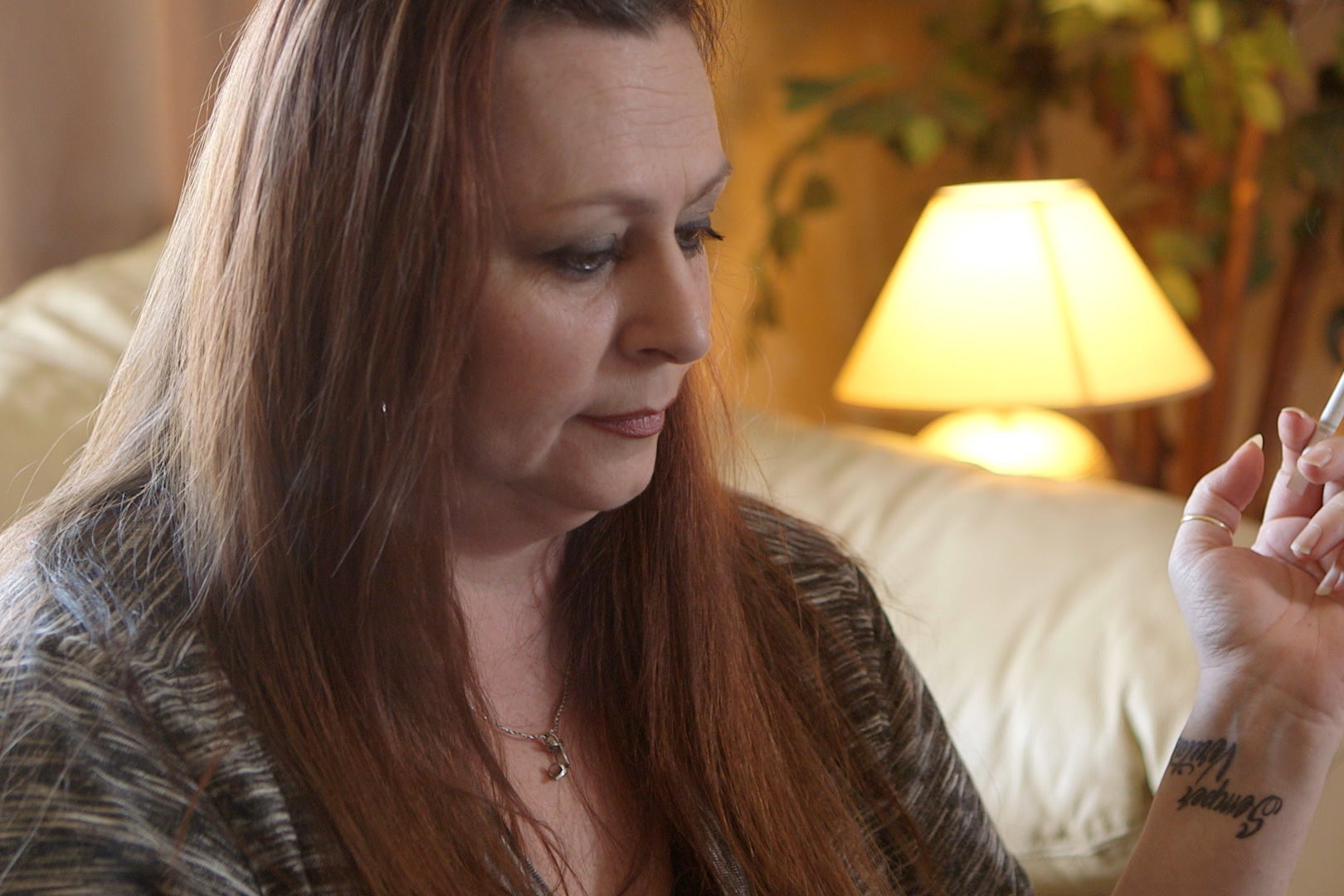When the Steubenville High School rape case swept the country in December 2012, I had just turned 18. I was barely a year older than Steubenville’s perpetrators; more importantly, I was only two years older than their victim. At the time, I paid little attention to the case. I thought I had bigger things to worry about. Six years and five thousand feminist wake-up calls later, I thought it was time to rectify this gap in my knowledge, so I attended the world premiere of Roll Red Roll at the Tribeca Film Festival. I’ve read Missoula three times, I thought as I strolled into the screening. I’ve seen The Hunting Ground. I’ve got this.
I did not got this. What unfolded for the next 80 minutes, in larger-than-life proportions, was easily the most gut-wrenching crime story I’d ever seen. This is both a testament to the dismaying reality of rape culture and to director Nancy Schwartzman’s storytelling skills. Roll Red Roll gets as deep into the Steubenville case as any civilian could, and then some. Thanks to experienced doc editor Christopher White, the film easily bounces between police interrogation footage, social media re-creations, and revealing interviews with Steubenville residents and case heavy-hitters. The crime, wherein high school football players Trent Mays and Ma’lik Richmond raped an incapacitated girl, advances as a nauseating and public example of the breadth of rape culture.
Documentaries don’t usually horrify the oxygen out of me, but I found myself gulping for air more than once during Roll Red Roll. Between interviews with victim-blaming adult Steubenvillites and stomach-churning social media posts from Jane Doe’s peers, the documentary is ultimately about the dehumanization of a helpless child—and it refuses to let you forget that. Roll Red Roll’s most harrowing footage comes from the teen bystanders themselves: an Instagram post of Jane Doe’s limp body, rape joke-laden tweets. A video of spectator Michael Nodianos laughing about the event (“They raped her harder than that cop raped Marsellus Wallace in Pulp Fiction!”) marks the film’s apex. Roll Red Roll is, above all, a comprehensive account of apathy.
Still, though Schwartzman refuses to coddle her viewers, Roll Red Roll has pockets of humanity. Alexandria Goddard, the true crime blogger who exposed the case to the world when she uncovered Steubenville teens’ social media posts about the crime, is the film’s compelling and sharp-edged heart. Goddard struggles with whether or not her actions harmed Jane Doe, shows off her Steubenville-inspired tattoo, and rifles through her notes from the investigation. That Schwartzman is able to capture her raw emotion on camera is no doubt a testament to her directorial empathy and skill. Goddard is a light in the bleakness. And there is a lot of bleakness.
If you thought something like The Handmaid’s Tale was hard to watch, I and Roll have bad news for you: You’re living it. It’s easy to compartmentalize rape culture as something that’s an issue somewhere else, for someone else to handle. Roll Red Roll and its makers, who hope to take the film to any high school auditoriums who will have it, are here to strip us of those illusions. During her introduction, co-producer Bari Pearlman called the film a “difficult one to watch, but an essential one,” and she’s absolutely right. You might only be able to see Roll all the way through once, but don’t worry—it’ll stay with you forever.
